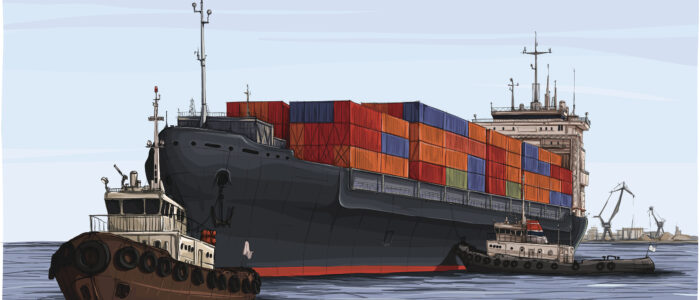When container ships jumped from carrying 6,000 Twenty-foot Equivalent Units (TEU’s) to 10,000 or more TEU’s per vessel, Beneficial Cargo Owners (BCO) and shippers started scratching their heads questioning why ocean carriers decided the hub ports could handle that kind of cargo without consulting them first.
The Asia-USWC route is where this upgrade started, and it’s causing an unprecedented backlog. While the Los Angeles and Long Beach ports have reduced the number of ships in San Pedro Bay waiting for space from over 100 vessels in waiting to just 70 in February, those specific ports are used to this kind of abuse due to the fact 40% of sea freight entering the US comes through the twin ports.
The east coast, however, is unaccustomed to this kind of flow from Asia, and routes are getting bogged down with the larger containerships taking longer to load and unload due to the volume they carry. While it takes less time to empty the same number of containers from a larger ship than it takes to service several smaller ships, unprepared ports are still struggling to cover these post-Panamax vessels.
LA and LB terminals consistently have about a 20 day average wait for berth, but some vessels in San Pedro Bay have been waiting for up to two months to get any kind of green light to unload their cargo. This backlog is due to a rebuild in inventory that may cause the numbers to rise again in upcoming months.
The west coast is having issues with a painful number of blank sailings as vessels bunch up between Asia and the US. Blank sailings are up by two thirds on the west coast and Hong Kong and Singapore are up by 116% and more than 200%, respectively. Though it may seem counterintuitive at first, blanking sailing is the only way for the lines to get back on schedule, and will probably last until the carriers are back on track.
Here at Nelson we’re all for the most efficient and cost effective ways to get through this congestion. As the situation continues, we will be keeping you up to date with the backlog of vessels on the both east and west coasts and how we can help you navigate it with confidence. If you have any questions, please contact your Nelson representative today for more information.


Comments are closed.